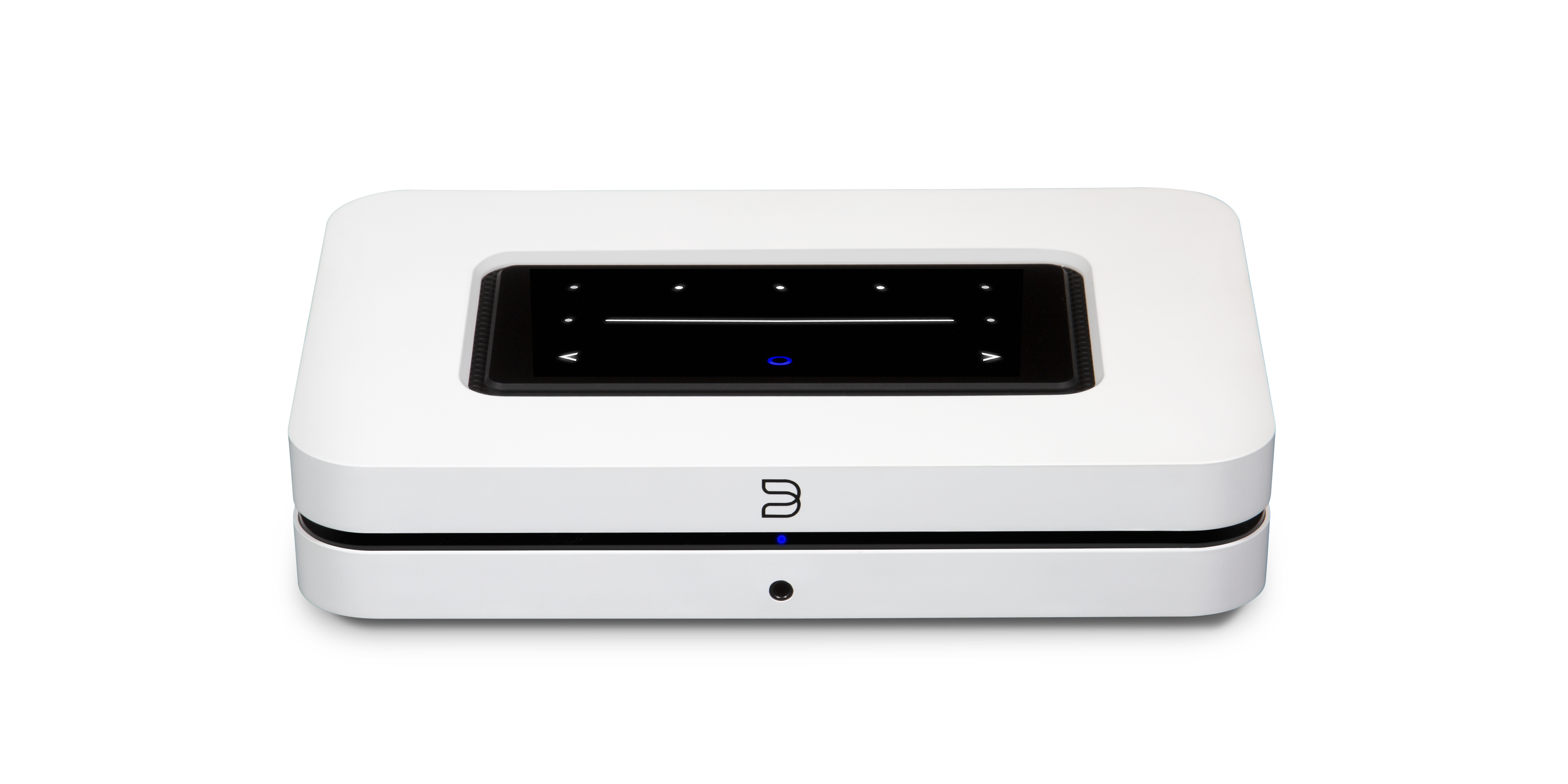 When summer finally comes around up here in the North, all thoughts turn to leisure, social events, and escaping the city by whatever means. It’s not the ideal time to launch a new audio product. But in these upside down times, launches are often delayed by several months. And that happened here, with Bluesound’s new line of gear. So around comes June, and we have a new Node and Powernode.
When summer finally comes around up here in the North, all thoughts turn to leisure, social events, and escaping the city by whatever means. It’s not the ideal time to launch a new audio product. But in these upside down times, launches are often delayed by several months. And that happened here, with Bluesound’s new line of gear. So around comes June, and we have a new Node and Powernode.
The third revision to Bluesound’s ever popular streaming DAC is named, simply, NODE. On your sales receipt it may say NODE N130, but for all practical purposes, it’s just NODE. Pretty straightforward.
NODE of course replaces the best selling and highly regarded Node 2i, a tall order – the Node 2i was considered an entry-level-great streamer, with MQA. So how did they do?
I’ve spent the last two weeks playing with the new NODE: I think they’ve pretty much nailed it. Again.
Changes
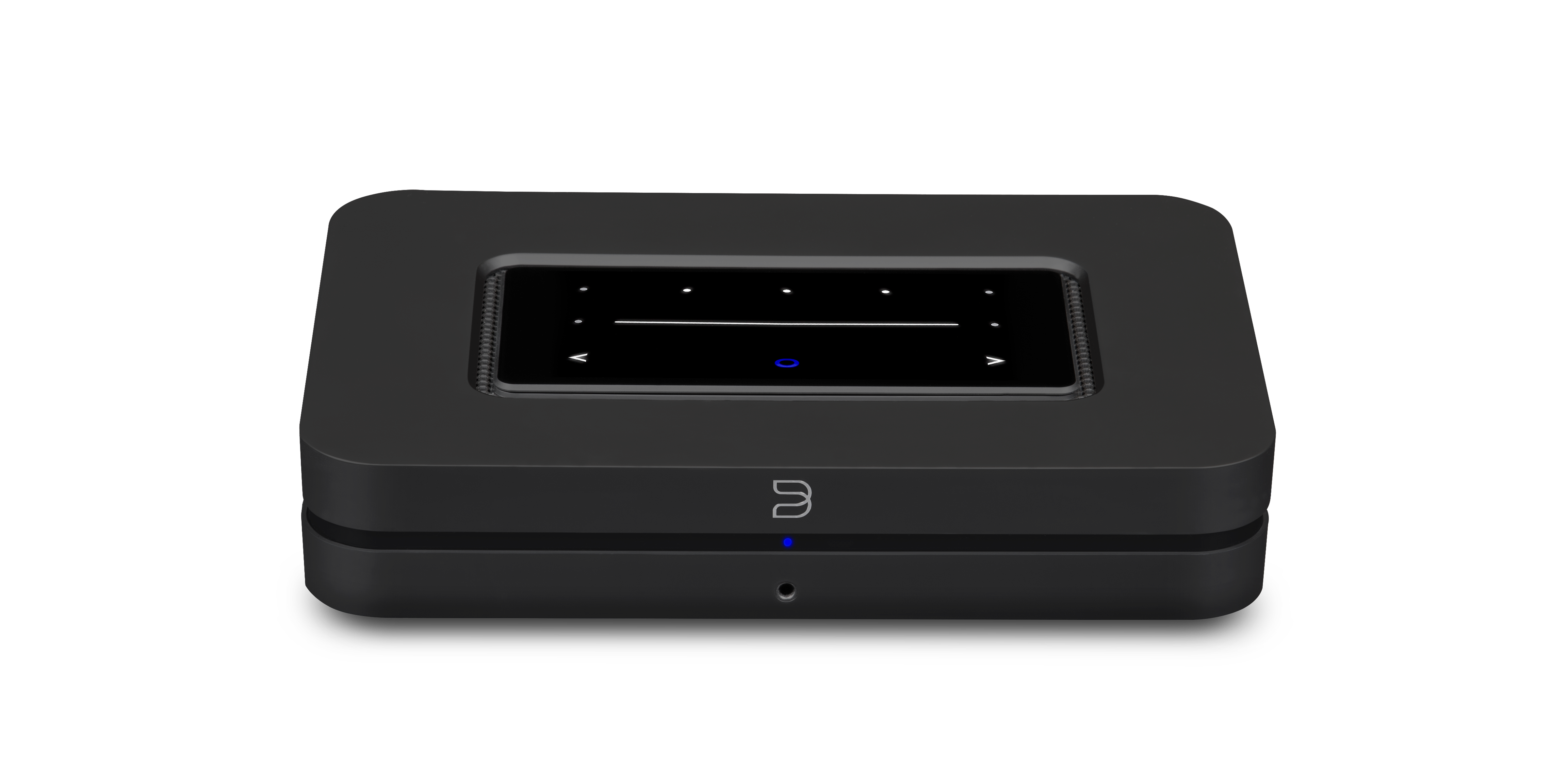 Visually – not a big change; you still can’t and won’t mistake this for anything else. Smart to retain the visual identity of a popular product. The packaging is also basically identical..no point making unboxing videos for this one. So, the same shape and footprint, and colour choices (black and white). But look closer and they’ve ditched the rubberized finish for a harder material, with a flat eggshell type finish. Very nice paintwork too. I was a fan of the tactile feel of the Node 2i – but this one promises to be easier to keep clean, so I’m fine with it. What’s more distinctive (and functional) is the new top panel – it’s a glass touch surface which lights up when you’re in proximity. It has a new slider for controlling volume, and a large row of five buttons, for instantly starting your NODE with one of the memorized presets. Very nice touches (pun intended).
Visually – not a big change; you still can’t and won’t mistake this for anything else. Smart to retain the visual identity of a popular product. The packaging is also basically identical..no point making unboxing videos for this one. So, the same shape and footprint, and colour choices (black and white). But look closer and they’ve ditched the rubberized finish for a harder material, with a flat eggshell type finish. Very nice paintwork too. I was a fan of the tactile feel of the Node 2i – but this one promises to be easier to keep clean, so I’m fine with it. What’s more distinctive (and functional) is the new top panel – it’s a glass touch surface which lights up when you’re in proximity. It has a new slider for controlling volume, and a large row of five buttons, for instantly starting your NODE with one of the memorized presets. Very nice touches (pun intended).
 As for core functionality, all is familiar as well. Connect the NODE to powered speakers (or a traditional amp/speakers), download the BluOS app to your phone or tablet, and start streaming. Dead simple, with a superb interface. If you’ve never seen how feature-rich the BluOS offering is, well, once you start using it, it becomes hard to go back to physical media – or even regular old remote controls.
As for core functionality, all is familiar as well. Connect the NODE to powered speakers (or a traditional amp/speakers), download the BluOS app to your phone or tablet, and start streaming. Dead simple, with a superb interface. If you’ve never seen how feature-rich the BluOS offering is, well, once you start using it, it becomes hard to go back to physical media – or even regular old remote controls.
Internally, both the processor and DAC sections have been revamped. You now have a Quad-Core 1.8ghz ARM Cortex A53 processor, and a 32-bit/384khz “premium DAC design”. Gotta keep up with the Joneses. This is a big deal though, because every time you change the topology, you have to ensure your perfectly specified player still sounds like music. Bluesound products still don’t do native DSD, but they do virtually everything else.
Around back, two things are new: an HDMI eARC input, and a USB DAC connection. We’ve seen eARC on other Bluesound products, and why not on the NODE – it’s a great feature that lets you use the unit as the sound control center for your TV audio. Works like a charm and is something that should be included with more preamps, in my opinion. The USB port works two ways: you can insert a thumb drive of music, which BluOS will index and play. And, once the next BluOS update arrives (within weeks), you’ll be able to connect the NODE to an external DAC via USB. With three digital outs, optical and HDMI in, analog out, and two-way Bluetooth, the NODE is one very flexible tool that gives you a myriad of ways to stream.
See also: MQA: Other Perspectives On Streaming
So how’s the sound quality?
In a word: excellent. I’ve mostly been using the NODE in its simplest configuration – WiFi in, analog out. Compared to the old Node 2i, I hear slightly better detail, yet the sound is also a little more relaxed and natural. There’s better separation of instruments, and the image seems to have grown wider. Overall it’s an incremental improvement – maybe 10%? If such things can be quantified. I’m not advising Node 2i users to run out and replace their machines. But everything here is a step in the right direction. Bluesound is proving to be one of those companies that rarely makes a misstep.
Using the NODE with a NAD power amp, I’ve had it connected to the brilliant DALI Spektor 1 monitors, and the DALI C-8D subwoofer. The NODE has a sub output and along with BluOS, gives you real bass management, in the digital domain. It works quite well too. This baby does it all, as the audio heart of a 2.1-channel music and video system. It sounds better than a stereo in this price range ought to.
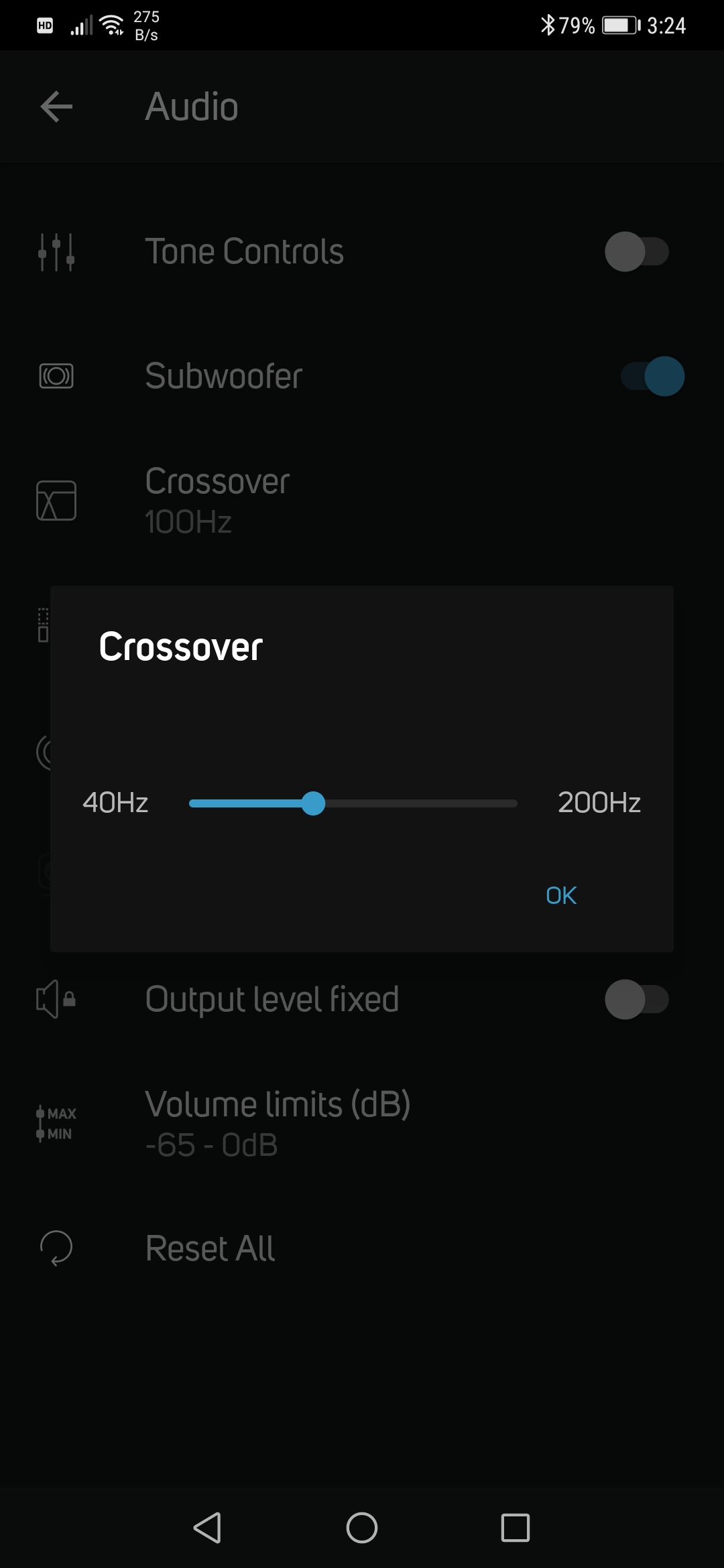 As far as complaints – just one. Edit: Deleted. (there was a persistent glitch for people using Tidal Connect and it now appears to be solved as of the 6/23/2021 update)
As far as complaints – just one. Edit: Deleted. (there was a persistent glitch for people using Tidal Connect and it now appears to be solved as of the 6/23/2021 update)
As a Bluesound dealer, I’m very pleased with the new NODE. The price has remained the same ($649 Canadian), and just about every aspect of this digital player has been improved. As a bonus, it retains everything that made its predecessor a winner. Two thumbs up from me. The main issue will be keeping them in stock.

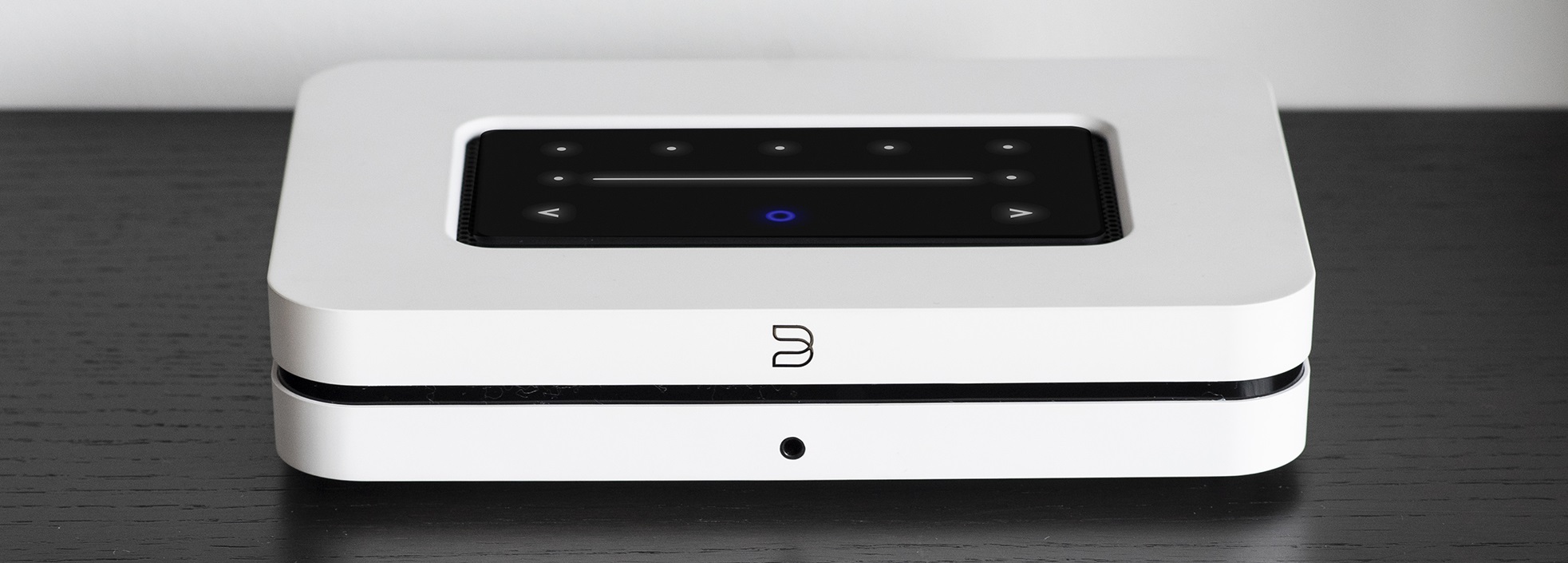
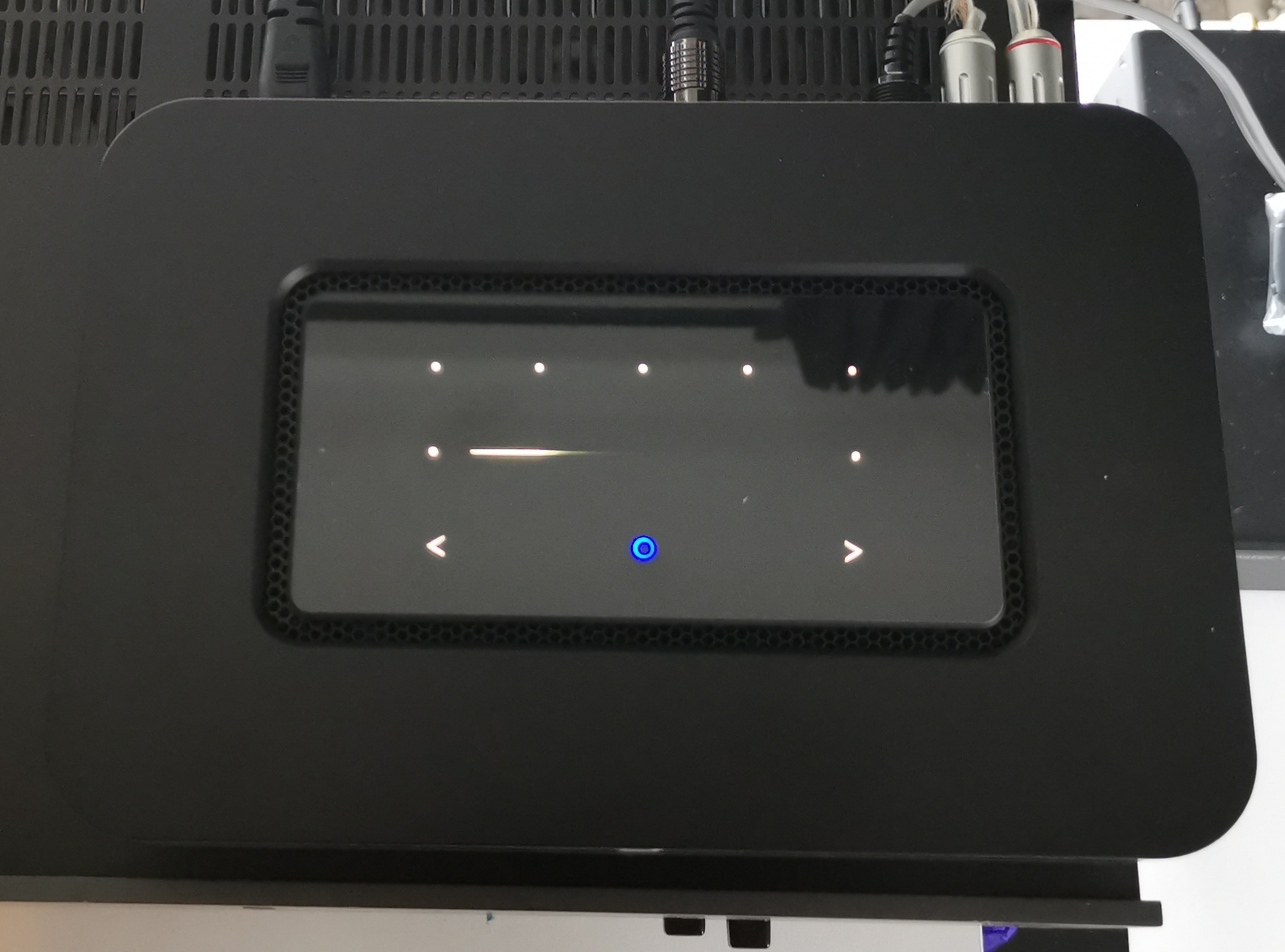

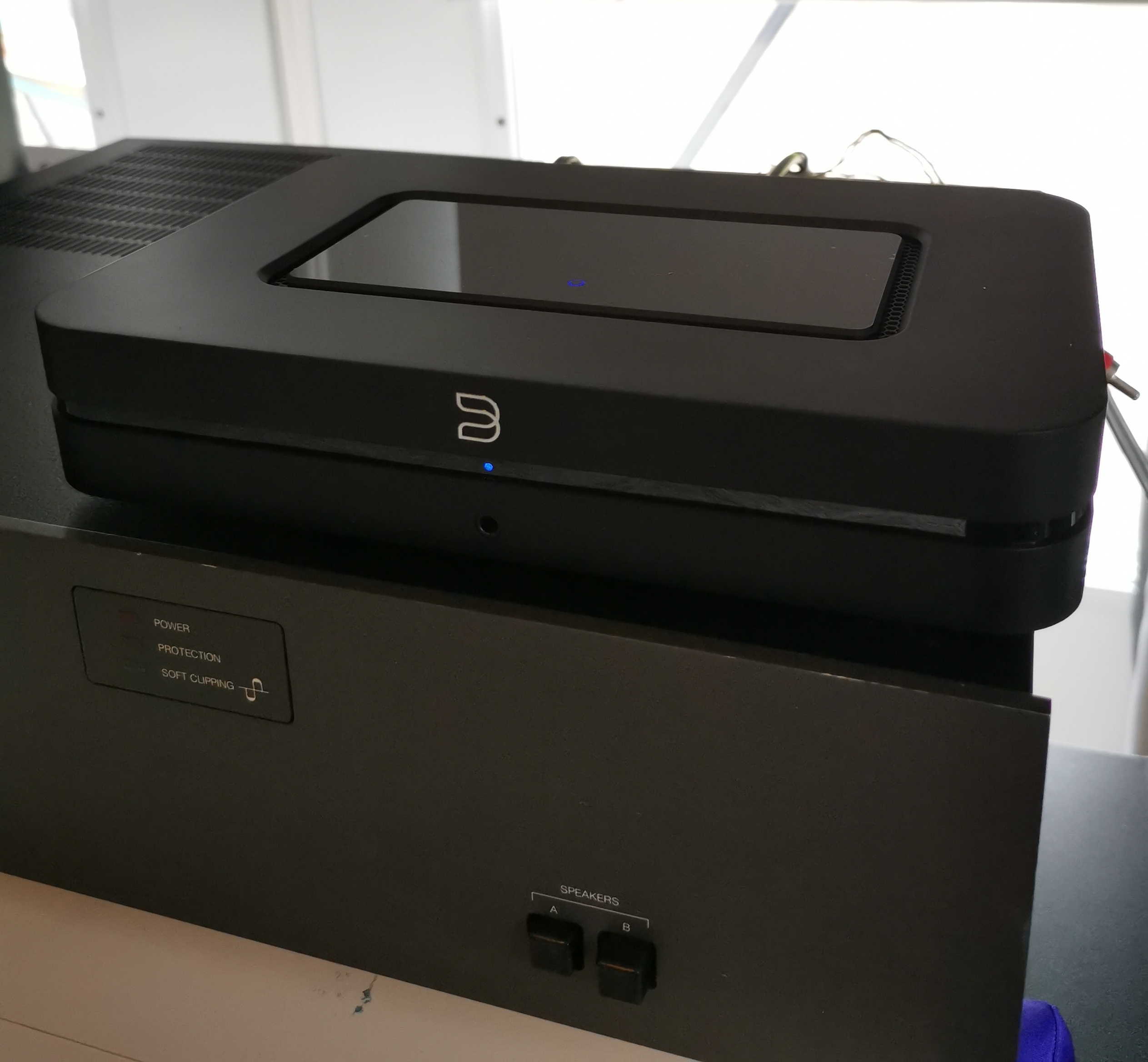
I welcome the new non-tactile finish. I have the Node 2 and I love it. But for the last year or so the surface has become very sticky, even though it has always been kept indoors and away from sunlight. It feels tacky and dust and dirt stick to it like crazy. It had become an embarrassment sitting with my other components. Bluesound support offered no solution. I found a thread for another product that a similar rubbery finish and owners had found that denatured alcohol dissolved the outer coating and left a nice hard surface. I scrubbed the Node 2 with the alcohol, it took a lot of elbow grease, and it came out looking better than new. Highly recommended if you have a 2 or 2i.
Thank you!
Noam, thanks for the quick review, it really does seem like Bluesound is on a roll with this unit!
I can think of two big additions Bluesound can make for future editions of the Node. Adding dirac room correction functionality and a high pass filter to the subwoofer options on the Node. Room correction is a game changer and freeing up main speaker’s (especially bookshelves) bass drivers from having to produce the lower frequencies offers real improvements in the midrange and even in the treble. BTW, other reviews have mentioned that bypassing the NODE’s DAC and outputting the stream to a better outboard DAC offers fidelity equal to much more exoensive streamers.
Hi Geoffrey,
The subwoofer control acts as both a high and low pass filter. If you set it to 60Hz, the frequencies above that are not sent to the speakers. Bluesound call it bass management. It works well!
Thanks for your comment.
Noam
MQA?
FTN.
This is what is wrong with rear-end (aka: “high-end”) audio. frAudiophiles. Total BS subjectivity passed off as worthy of being believed. I bet you hold cables up to your ears and claim to hear “the ocean”…The FARCE is with you.
I was fairly skeptical about MQA until about a year ago. I’m a bit of a provenance snob when it comes to the origin of reissues and new remastering work. My issue was that we didn’t have much information or transparency of those processes with MQA/Tidal. I also have issues with the streaming business model in general. But now that more and more familiar albums have been released (thousands from the Sony-Columbia catalog this year alone), I have to say the fidelity in most cases seems to be excellent.
It may well be proven that MQA is a fancy box for what boils down to lossy compression (I’m not sure they ever claimed otherwise). But remember, the microphone your favorite singer used was lossy too. Your speakers and room are lossy, and so are your ears and neural pathways.
Life is way too short for arguing about cables and digital audio, that’s never been our game at Wallofsound. I think I’ve written one cable review in 8 years here. Thanks for reading and have a good day.
-Noam
I think you avoided my biggest beef with most streamer reviews – treating them all as a ROON endpoints, see ASR, Darko and Computer Audiophile. Basically a streamer is software and should be reviewed primarily on the quality of its software. I will admit some use the internal DAC and the connectivity is important as well, but I think the focus should be is it stable, can I access the services I subscribe to or my home storage, does it do gapless playback, and what are the bitrates is can deliver.
I use an original node with an external DAC and believe its BluOS is the best available, and is supported by a company that won’t abandon the software. MQA is a non-issue to me since I’m skeptical of how Tidal with MQA changes the encoded signal of the source file. Accordingly, I subscribe to Amazon Prime Music’s top tier (under $10 / month) and I like Deezer’s Cd quality level because of its Flow feature, and it is also cheaper than Tidal and Qobuz.
Thanks for not treating the node as a ROON endpoint (even if it can be one). I would add that the BluOS’ multi-room functionality are also a great feature.
Thanks for your comments, Bob. See my other comment below – I was the biggest MQA skeptic. Honestly, I walked out of Meridian’s introduction demo in Montreal after less than 5 minutes (I wasn’t alone). I’m still very wary..even the rationale of reducing bandwidth makes no sense anymore. But if you haven’t heard Tidal in the last couple of years, get another free trial and listen to some, you might be shocked at what they’ve achieved.
All the best,
Noam